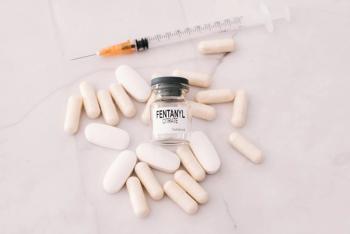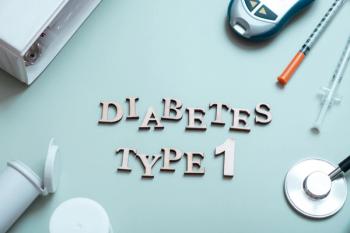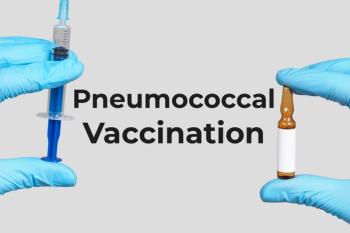
Medicaid reimbursement in New York: More to the story
The number-crunchers add to the story.
In April, Drug Topics published an
I am writing in response to the article, “
The use of Average Acquisition Cost (“AAC”) as a reimbursement benchmark was established by the New York State Legislature in 2011. The formula by which AAC was to be deployed was designed by the NYSDOH after its review of similar efforts in six other states that have successfully implemented an AAC-based reimbursement model.
First Databank's role
First Databank’s role in the New York process involved the identification of statistically valid weighted average prices from survey responses submitted by New York pharmacies to NYSDOH. Contrary to your article’s assertion that the resulting values were “lower than their costs”, the resulting values were, in fact, the weighted averages of the costs the pharmacies reported.
Consequently, we are not aware of any basis for the assertion that the AACs were “well below” what pharmacists pay, nor have we seen any proof that the averages were not representative and accurate. In fact, with a three-tiered dispensing fee that potentially increased the payment per prescription by as much as ten dollars, there has been no demonstration that the net effect of the new reimbursement model would produce unfair results. Also, as noted earlier, similar AAC-based reimbursement models have been adopted successfully by six other states, and the Centers for Medicare and Medicaid Services (CMS) has developed its own national AAC benchmark, the “NADAC.”
Calculation, not cost
Other material inaccuracies in the article include the following:
· It is important to emphasize that FDB did not “determine the median cost to fill a retail prescription”; as already noted, FDB’s responsibility was the calculation of AACs, not the cost of dispensing, which was determined by the State, again based on pharmacy survey responses. Also the representation that the calculated cost of dispensing was $6.60 is misleading: the State established a three-tier payment model that would reimburse some pharmacies dispensing fees of as much as $14.
· While the article suggests that the repeal of the New York AAC provision will “[keep] the current Average Acquisition Cost (AAC) rates the same,” there are no such “current” rates. The repeal precluded the AAC rates from ever being deployed, and the State will retain its existing reimbursement formula based on manufacturer-reported prices.
· The cited “report prepared by Josef Schmee” was not made available to FDB nor, as far as we have been able to determine, to NYSDOH. However, from our examination and review of the pricing data reported by New York pharmacies, there is no basis for any contention that the averages were skewed, to any degree, by “large, out-of-state mail order operations.”
We do believe that in its reliance on mandatory pharmacy surveys that produced weighted average net costs, the New York AACs were the most accurate pricing benchmarks developed to date. They came closer than any other effort to meeting the market need for a reliable starting point for negotiation in transactions involving thousands of drugs a million times a day.
Sincerely,
Patrick Lupinetti
Senior Vice President, Editorial Director
FDB – First Databank, Inc.
Newsletter
Pharmacy practice is always changing. Stay ahead of the curve with the Drug Topics newsletter and get the latest drug information, industry trends, and patient care tips.





















































































































































